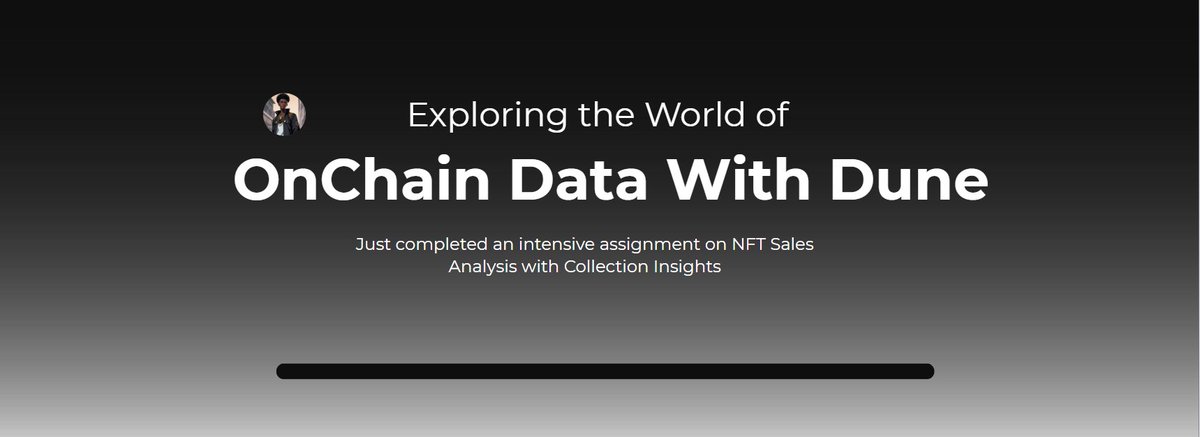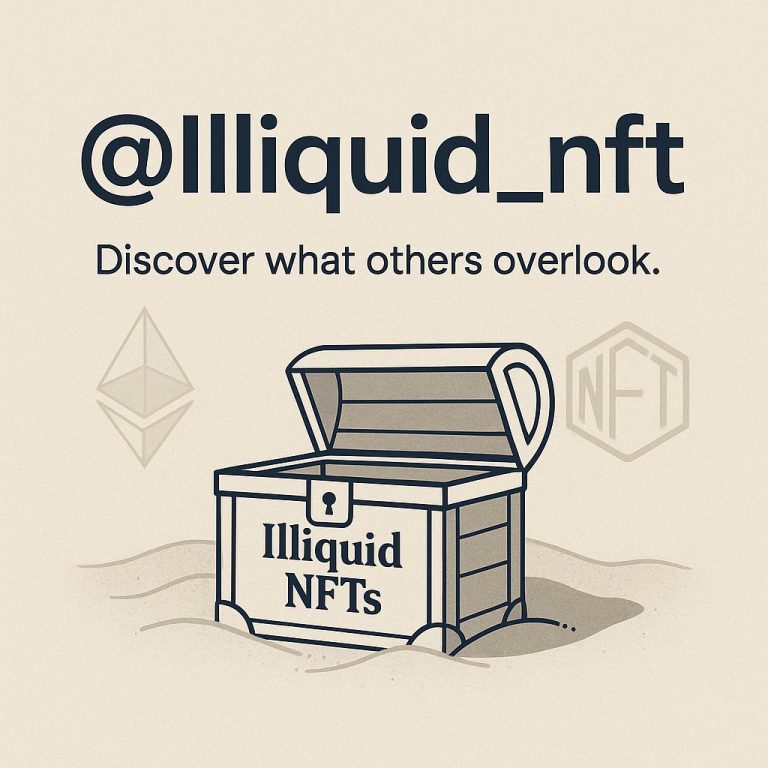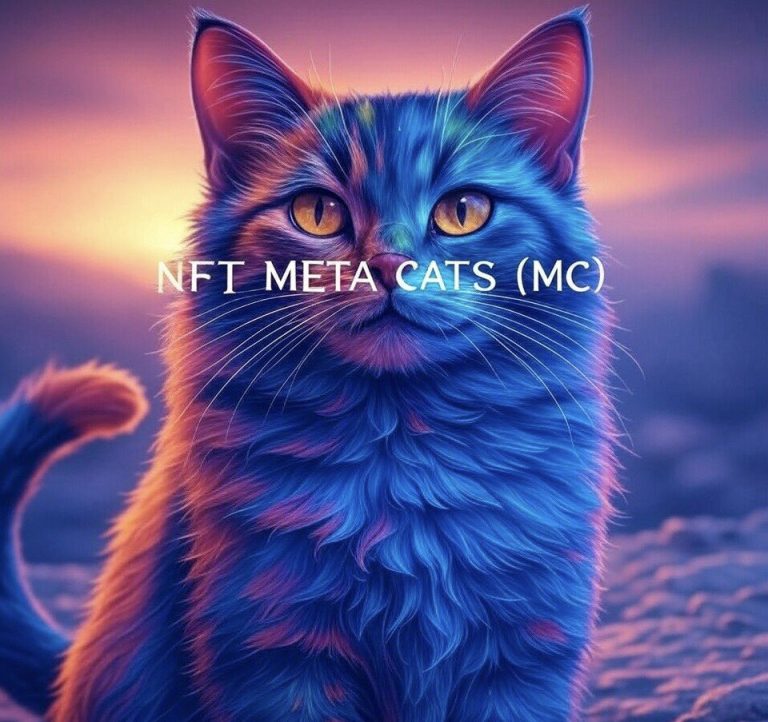
Diving Deep: Unveiling the Nuances of the NFT Market Through Sales Analysis and Collection Insights
The world of Non-Fungible Tokens (NFTs) continues to captivate and confound, swirling with both immense potential and inherent volatility. Understanding this digital landscape requires more than just following the headlines; it demands a rigorous approach to data analysis, looking beyond the hype to identify genuine trends and opportunities. Recent activity on platforms like Dune Analytics and observations from various analysts offer a glimpse into the evolving dynamics of NFT sales, collection performance, and the broader implications for areas like insurance and gaming.
Decoding the Data: A Week in NFT Sales
Analysts are leveraging platforms like Dune Analytics to dissect NFT sales data. This involves tracking real-time trade information and combining it with insights at the collection level. By examining who is buying what, from which collection, and for how much, a clearer picture of market activity begins to emerge. One analyst highlighted the completion of an NFT sales analysis dashboard, emphasizing the importance of tracking this data to understand market trends [2].
This type of analysis typically involves:
- Transaction Volume: The total number of NFTs bought and sold within a specific timeframe.
- Sales Volume: The total value (usually in ETH or USD) of NFTs traded.
- Average Sale Price: The average price at which NFTs are being sold, calculated by dividing sales volume by transaction volume.
- Collection Performance: Identifying which collections are experiencing the most growth or decline in sales and floor price (the lowest price at which an NFT in a collection is currently listed for sale).
- Whale Activity: Tracking large purchases and sales by significant NFT holders.
This comprehensive approach helps to identify emerging trends, detect potential market manipulation, and assess the overall health of the NFT ecosystem.
Beyond the Buzzwords: Filtering the Noise
One common sentiment among data analysts working in the crypto space is the need to cut through the “noise” – the hype cycles, buzzwords, and projects that lack substance [4]. The NFT market, in particular, is prone to this. A critical eye is essential to separate genuine projects with long-term potential from those that are simply riding the wave of current trends. This means looking beyond the superficial appeal and focusing on factors such as:
- Utility: Does the NFT offer any real-world or digital utility beyond simply being a collectible?
- Community: Is there a strong and engaged community supporting the project?
- Team: Does the team behind the project have a proven track record and a clear vision for the future?
- Rarity and Uniqueness: Does the NFT possess unique attributes or scarcity that justify its value?
By focusing on these fundamental factors, analysts can make more informed decisions and avoid being swayed by short-term hype.
Top Performers: A Glimpse at Recent NFT Sales
Analyzing the top NFT sales over a specific period, such as the last 30 days, provides valuable insights into which collections and artists are currently dominating the market [3]. This data reveals which NFTs are commanding the highest prices, who is buying them, and the collections from which they originate. This information can be used to:
- Identify emerging trends: Which art styles, themes, or utilities are currently popular?
- Track the performance of established collections: Are blue-chip NFT collections maintaining their value and influence?
- Discover new artists and projects: Are any newcomers breaking into the top sales charts?
However, it’s crucial to remember that these snapshots in time can be heavily influenced by one-off events, such as celebrity endorsements or highly publicized auctions. A comprehensive analysis requires looking at long-term trends and comparing data across different time periods.
The Intersection of Crypto and Insurance: An Evolving Landscape
Despite the inherent volatility of the crypto market and past “collapses” in the NFT space, the application of cryptocurrency and blockchain technology in insurance continues to evolve [5]. This intersection presents both opportunities and challenges, requiring careful actuarial analysis to assess risks and develop innovative insurance products. Some key areas where crypto intersects with insurance include:
The application of crypto in insurance is still in its early stages, but it has the potential to revolutionize the industry by creating more efficient, transparent, and accessible insurance solutions.
NFTs and Gaming: A Synergistic Relationship
The gaming industry is increasingly embracing NFTs, offering players the opportunity to own and trade in-game assets. This creates new revenue streams for game developers and provides players with greater control over their digital possessions. One example of this is the “SYMBIOGENESIS” project by Square Enix, which utilizes NFTs to grant players access to specific in-game missions [6]. This approach demonstrates how NFTs can be integrated into game mechanics to create unique and engaging experiences.
From Digital Art to Toilet Seats: The Diverse World of NFT Offerings
The range of assets being tokenized and offered as NFTs is incredibly diverse, spanning from digital art and collectibles to more unconventional items. One example highlights a prize package that includes a 1/1 NFT (MP4), real CBD in a toilet, an owner’s certificate and plant analysis, and a “Queen on Throne” gadget [7]. This illustrates the creativity and sometimes bizarre nature of the NFT market, where almost anything can be tokenized and sold.
Navigating the Future: A Call for Diligence and Critical Thinking
The NFT market is a dynamic and rapidly evolving space. As with any emerging technology, it’s essential to approach it with a healthy dose of skepticism and a commitment to due diligence. By focusing on fundamental factors, filtering out the noise, and conducting thorough data analysis, investors, creators, and enthusiasts can navigate this exciting landscape and unlock its full potential. The key lies in understanding the underlying technology, evaluating the intrinsic value of projects, and being wary of hype-driven trends. The future of NFTs is bright, but it requires a discerning eye and a commitment to critical thinking to ensure its sustainable growth.
The Enduring Allure
Despite the fluctuating values and inherent risks, the allure of NFTs remains strong. This stems from the fundamental human desire to own unique and valuable assets, combined with the potential for creating new forms of digital ownership and community engagement. As the technology matures and the market becomes more sophisticated, NFTs are likely to play an increasingly important role in the digital economy.
Source URLs:








